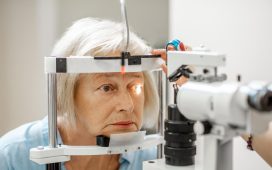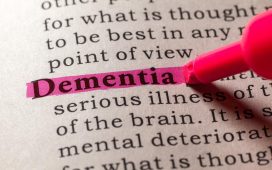Positive link for subsequent opioid overdose with greater numbers of prescribers and pharmacies
MONDAY, May 21, 2018 (HealthDay News) — Patterns of potential opioid misuse are positively associated with subsequent opioid overdose, according to a study published online May 22 in the Annals of Internal Medicine.
In an observational study, Colleen M. Carey, Ph.D., from Cornell University in Ithaca, N.Y., and colleagues estimated how a range of patterns of potential opioid misuse relate to adverse outcomes during the next year. The authors compared outcomes for Medicare enrollees with potential opioid misuse patterns and those without these patterns.
The researchers found that 0.6 to 8.5 percent of beneficiaries fulfilled a misuse measure. There was a positive correlation for subsequent opioid overdose with successively greater numbers of prescribers or pharmacies or higher opioid quantities during the index period. The likelihood of having an opioid overdose was increased for patients who obtained opioids from two, three, or four prescribers (adjusted absolute risk for 1,000 beneficiary-years, 3.5, 4.8, and 6.4, respectively), compared with a single provider (adjusted absolute risk, 1.9). For any deviation in the single prescriber-single pharmacy opioid use pattern there was a meaningful increase in the subsequent overdose risk. There was a positive association for all misuse measures with subsequent opioid overdose and death.
“To fully assess patients’ opioid overdose risk, clinicians should examine a wide range of misuse patterns,” the authors write.
One author disclosed financial ties to the pharmaceutical industry; one author has a patent for a method using physician social networks based on common patients to predict cost and intensity of care in hospitals.
Editorial (subscription or payment may be required)
Copyright © 2018 HealthDay. All rights reserved.








